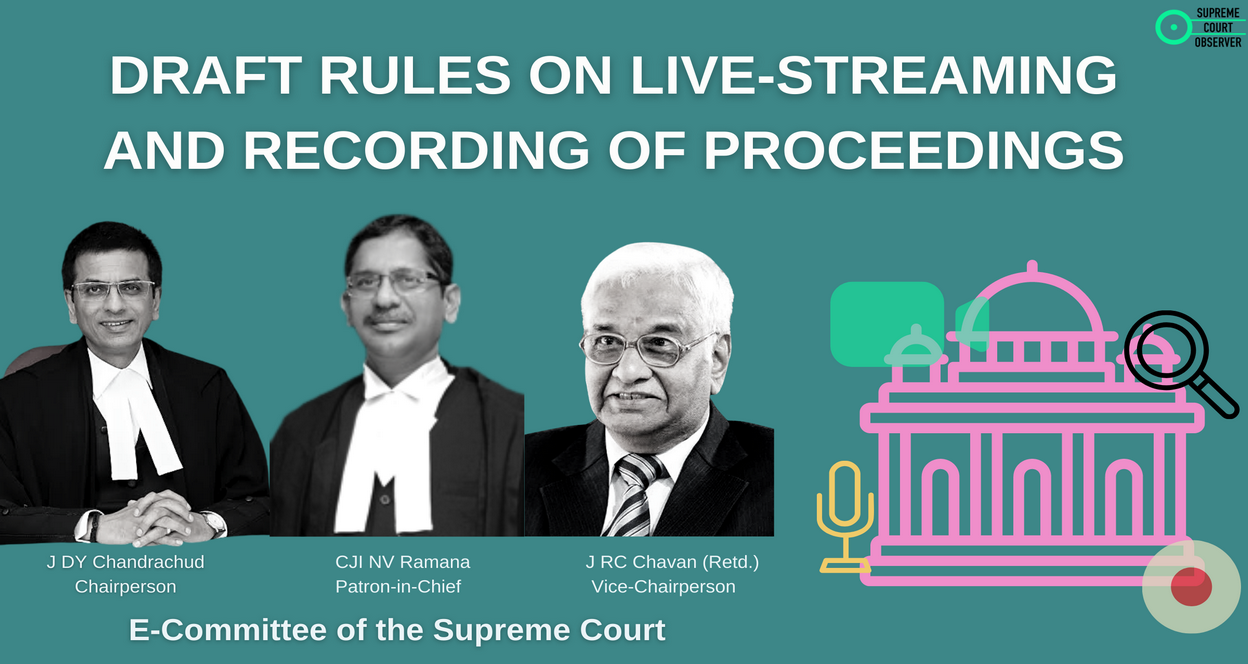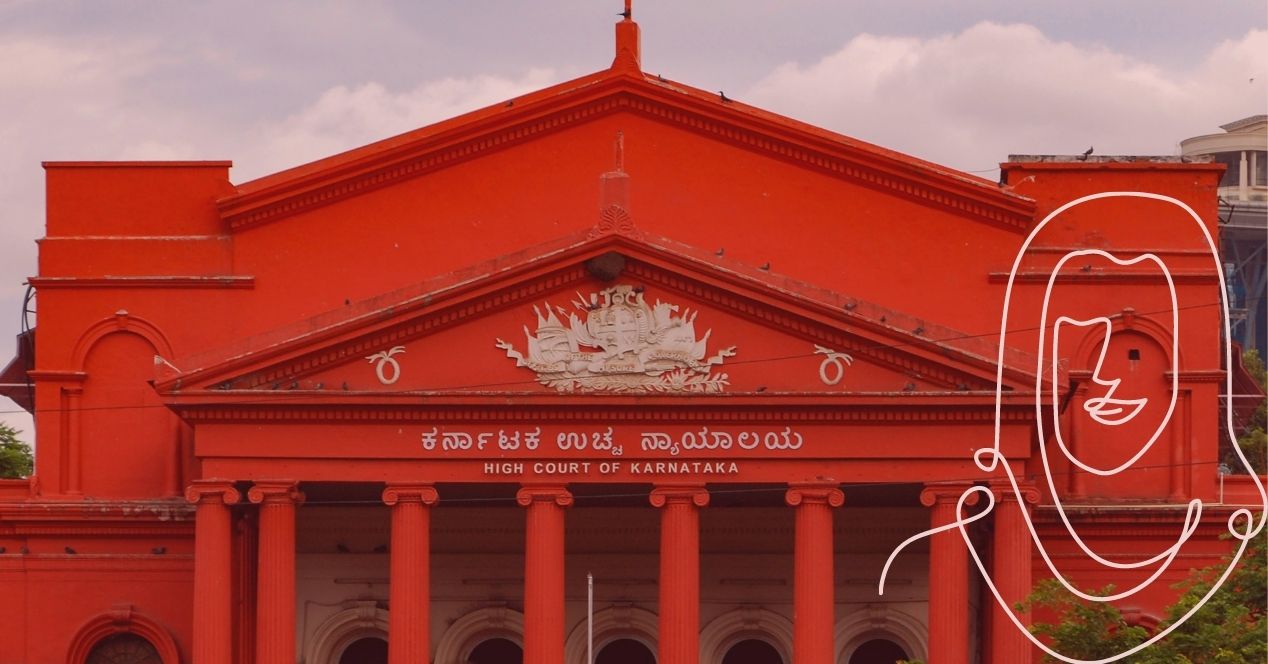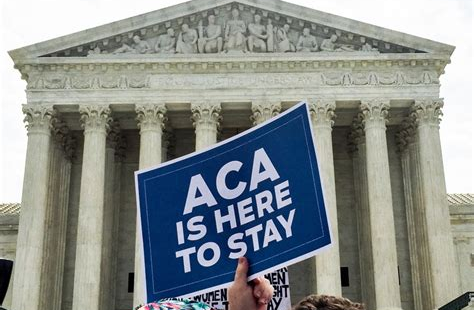Analysis
Live Streaming: Justice Dramatised
Desk Brief: The question of allowing live streaming of Courts is redundant. We are left to figure out how to mitigate its potential damage.
O.J. Simpson’s trial in 1995 continues to capture popular imagination like no other court proceedings in recent history. Defence lawyer Johnnie Cochran’s refrain about the glove that did not fit is etched in the memory of even those of us born continents away, years after the trial. The reason for this, in no small part, is the extensive television coverage of the 133 days of hearings.
At the time, commentators stated that the media spectacle surrounding the trial had disrupted the order of the Court. Some concerns, such as media opinion influencing jurors, were peculiar to a jury system.
Other concerns revealed a more general fear of the looming presence of a video camera in the courtroom. Broadcasters may air sensational snippets, clipped out of context. Proceedings may be politicised for electoral gains. Judges, witnesses and lawyers may play to the galleries, worried about how their comments will be viewed and used outside the Court. Unifying all these concerns is the fear that the camera will rob stakeholders of their fundamental right to a fair hearing.
These oppositions have existed since the demand for cameras in Court was first made with the advent of televisions. The proliferation of the internet has bolstered this demand and significantly altered the landscape of televising courts. Broadcasters no longer need to beam the Court to the public. Courts can now livestream themselves into TVs, laptops and phone screens, as the Karnataka High Court did in the Hijab Ban hearings. The question of whether to let video cameras into Courts is redundant. We are left to figure out how to mitigate the potential damage of livestreaming Court proceedings.
In conversation with subordinate Courts, the Supreme Court’s E-Committee is looking for answers. Some answers have been easy to find—viewers are not permitted to record and reproduce any part of the online proceedings to ensure that cameras do not take the Court out of context. Concerns about politicisation and showboating might prove harder to address.
With the recently concluded Hijab Ban hearings, the Karnataka High Court demonstrated that big-ticket cases can be live streamed in India. Would the key players in the hearings have behaved differently without thousands of people watching them everyday? How will the live stream be invoked and used in the ongoing elections across the country?
Arguments in the Hijab Ban case have concluded. We expect the Karnataka High Court to deliver its Judgment early next month. Will the hearings on appeal at the Supreme Court play out differently, sans livestream?











